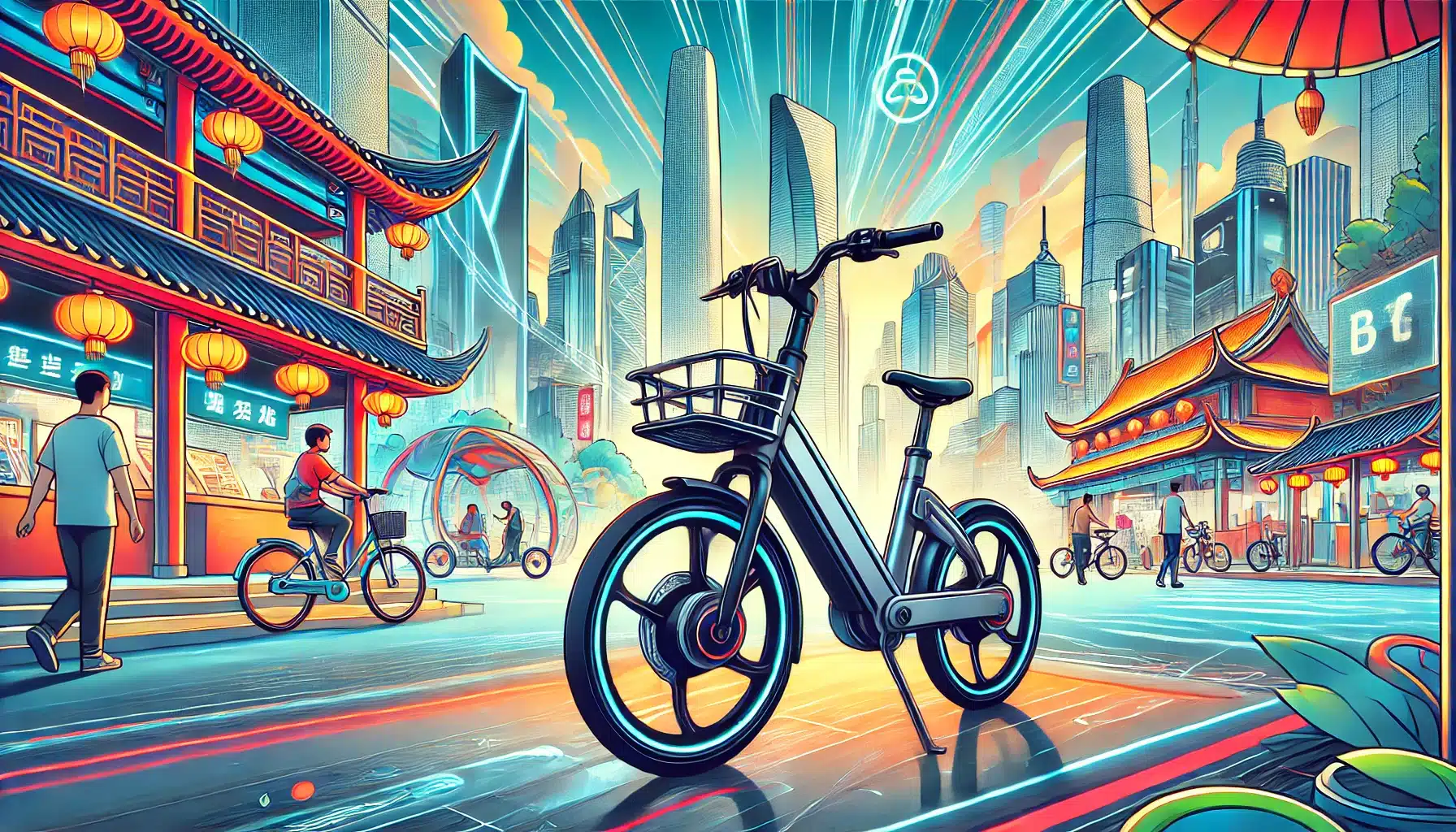Are there any tariffs on Chinese electric bikes?

In the early 20th century, tariffs were primarily used to protect domestic industries from foreign competition and to generate government revenue. The Smoot-Hawley Tariff Act of 1930, a significant event in tariff history, raised import duties to protect American farmers and manufacturers during the Great Depression. However, this act is widely criticized for exacerbating global economic tensions and contributing to a decline in international trade.
Following World War II, the United States shifted its approach, favoring trade liberalization to foster global economic recovery and reduce barriers to international commerce. This was exemplified by the General Agreement on Tariffs and Trade (GATT) in 1947, which sought to lower tariffs and promote multilateral trade. Over the decades, the U.S. played a pivotal role in negotiating tariff reductions through GATT and later the World Trade Organization (WTO), established in 1995.
In the late 20th and early 21st centuries, U.S. tariff policy became a tool for addressing specific trade imbalances and protecting industries facing competition from cheaper imports. The 1980s saw an increase in tariffs on products like steel and textiles under President Ronald Reagan to shield domestic industries from foreign subsidies and dumping practices. Similarly, during the 2000s, the U.S. imposed tariffs on various Chinese goods to counter alleged unfair trade practices and currency manipulation.
Under President Donald Trump, tariffs took center stage as part of a broader strategy to address trade deficits and promote domestic manufacturing. The Trump administration imposed significant tariffs on Chinese goods, steel, aluminum, and other imports, sparking trade tensions and retaliatory measures from affected countries. These tariffs were framed as a means to pressure trading partners into renegotiating trade agreements and reducing trade imbalances.
President Joe Biden’s administration has maintained many of these tariffs, although with some adjustments and exemptions to address supply chain challenges and inflation concerns. For instance, while continuing tariffs on Chinese imports, the Biden administration has also focused on strengthening trade alliances and encouraging domestic production in critical sectors like semiconductors and renewable energy.
The history of tariffs in the modern U.S. showcases their evolution from revenue-generating tools to instruments of economic policy aimed at navigating the complexities of globalization, protecting domestic interests, and responding to geopolitical shifts. This ongoing dynamic reflects the challenges of balancing national economic priorities with the demands of an interconnected global economy.
As of November 2024, the United States has tariffs in place on electric bicycles (e-bikes) imported from China. These tariffs are part of broader trade measures designed to address concerns over trade imbalances, encourage domestic manufacturing, and counter perceived unfair trade practices. The implementation and adjustment of these tariffs reflect the U.S. government’s strategy to protect its industries while navigating complex economic relationships with China.
Initially, e-bikes from China were subjected to additional tariffs during the U.S.-China trade war under the Trump administration, as part of a broader set of duties imposed on Chinese goods. These tariffs, often referred to as Section 301 tariffs, included a 25% duty on many categories of Chinese imports, including electric bicycles. While some tariff exemptions were introduced over time to alleviate the impact on specific goods, key exemptions for e-bikes expired in mid-2024. This change resulted in e-bikes from China once again being subject to the full 25% tariff on top of any existing duties.
The Biden administration has maintained and, in some cases, increased tariffs on e-bike components, such as batteries, further influencing the market. In May 2024, the Office of the United States Trade Representative announced that e-bike batteries imported from China would face an increased tariff rate of 25%, up from 7.5%, starting in 2026. This decision aligns with broader policies aimed at promoting domestic production of batteries and related technologies, especially in light of the growing emphasis on electric vehicles and renewable energy. By increasing tariffs on key components like batteries, the U.S. government seeks to encourage local manufacturing and reduce reliance on Chinese imports.
These tariff measures have significant implications for the e-bike market in the United States. Chinese manufacturers dominate the global e-bike industry, and the added costs from tariffs make their products less competitive in the U.S. market. This has prompted some importers and distributors to reconsider their supply chains, exploring alternative sources for e-bikes and components in countries not subject to the same tariffs. For manufacturers relying heavily on Chinese imports, the tariffs have created pricing challenges that are often passed on to consumers, resulting in higher retail prices for e-bikes.
The impact of these tariffs extends beyond pricing. For domestic e-bike manufacturers, the tariffs provide an opportunity to compete more effectively against Chinese imports. By leveling the playing field, these duties can encourage investment in U.S.-based production facilities and supply chains. However, critics argue that the higher costs associated with tariffs may discourage e-bike adoption, which could hinder efforts to promote environmentally friendly transportation solutions.
From a policy perspective, the tariffs on Chinese e-bikes and components are part of a larger strategy to address concerns about trade imbalances and national security. The U.S. government has expressed concerns about China’s dominance in critical supply chains, including those for electric vehicles and renewable energy technologies. Tariffs are one tool being used to reduce dependence on imports from China and foster greater self-reliance in key industries.
As the U.S. continues to navigate its trade policies with China, the effects of these tariffs will evolve. The e-bike market, being a growing sector tied to sustainability and innovation, serves as a case study for the broader impacts of trade measures on emerging industries. While tariffs may protect domestic manufacturers in the short term, their long-term success will depend on whether they can stimulate domestic production without stifling market growth or innovation.

Staff
Writer
